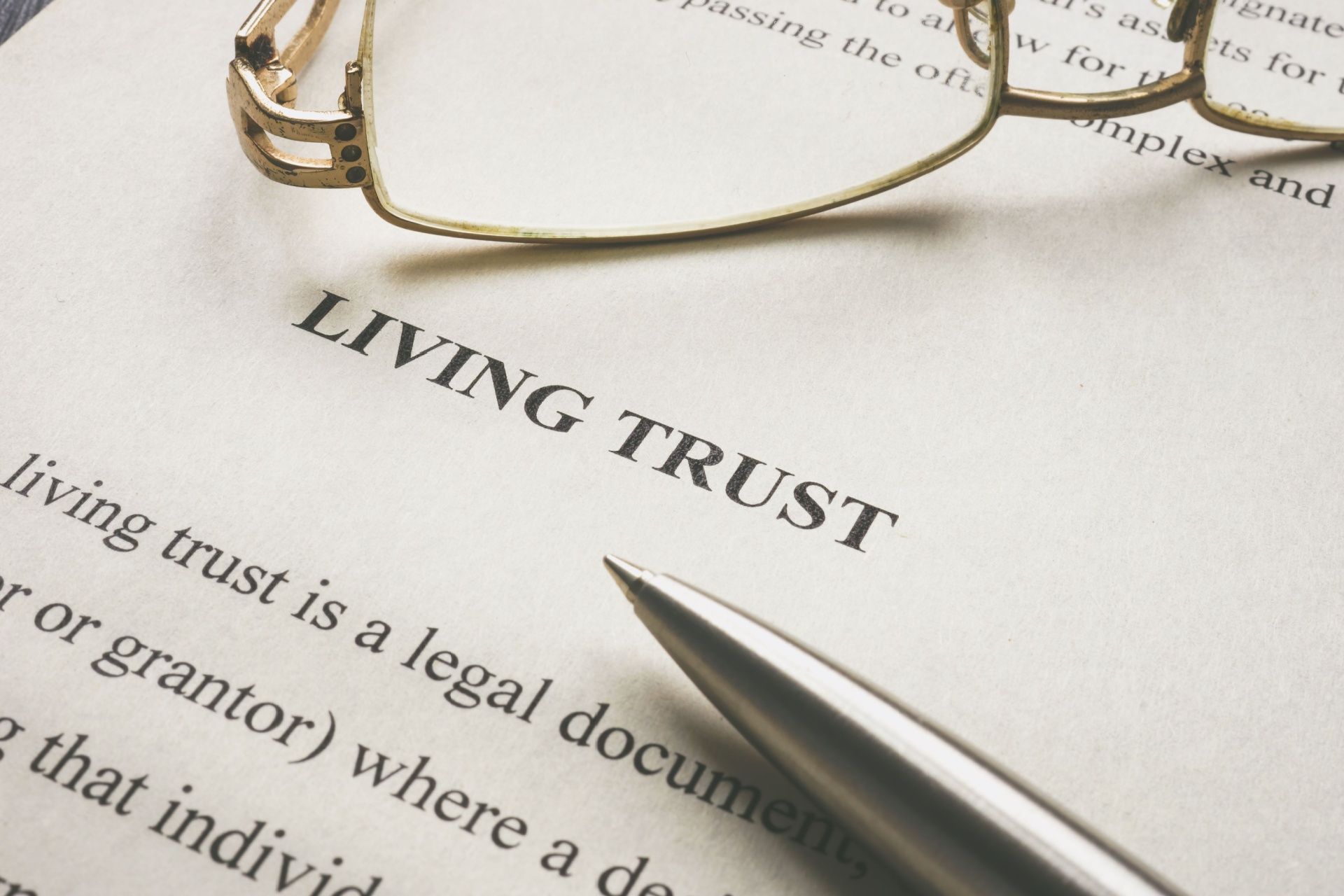What is a Tax Levy? How Does a State Tax Levy Work?
If you owe taxes to the Internal Revenue Service (IRS) and don’t pay them on time, the IRS has the power to collect what you owe in several ways. One of the strongest tools they use is called a Tax Levy. Understanding what a tax levy is, how it works, and what you can do about it can help protect your income and assets.
This guide explains the tax levy definition, the types of tax levies, how the state tax levy process works, and how to stop a levy tax in simple terms, so you can take action if the IRS ever sends you a notice.
What is a Tax Levy?
A tax levy is a legal action taken by the IRS to seize your property or money to pay off unpaid tax debt. Unlike a tax lien, which is just a claim against your property, a levy actually allows the IRS to take your assets.
The IRS can use a tax levy to take things like:
- Money from your bank account
- A portion of your paycheck
- Social Security benefits
- Property such as cars, houses, or other assets
In short, a tax levy gives the IRS permission to collect your taxes directly from your income or belongings if you fail to make arrangements to pay your debt.
How Does a Tax Levy Work?
The tax levy process doesn’t happen overnight. The IRS follows a specific set of steps before it can seize your property. Here’s how a tax levy works:
- Tax Bill or Notice Sent: The IRS first sends you a notice of how much you owe. If you don’t pay or make arrangements to settle it, they move to the next step.
- Final Notice of Intent to Levy: Before taking action, the IRS sends a “Final Notice of Intent to Levy and Notice of Your Right to a Hearing.” This gives you 30 days to respond.
- Right to Appeal: You can request a Collection Due Process (CDP) hearing during this 30-day window. This gives you the chance to explain your situation and propose a payment plan or resolution.
- Levy Action Begins: If you take no action, the IRS can proceed with the levy. This might include freezing your bank accounts or taking money directly from your paycheck.
So, the IRS doesn’t immediately take your property. You receive several warnings and opportunities to resolve the issue first.
Types of Tax Levy
There are different types of tax levies, and the one the IRS uses depends on your financial situation and what assets you have. Here are the most common ones:
1. Bank Levy
A bank levy is when the IRS contacts your bank and freezes the funds in your account. You have 21 days before the bank sends the money to the IRS. This gives you time to work with a tax attorney to stop or reverse the levy.
2. Wage Garnishment
This type of levy allows the IRS to take a portion of your paycheck directly from your employer until your tax debt is paid. It continues each pay period until you resolve the debt, the IRS releases the levy, or you pursue IRS tax debt solutions.
3. Property Seizure
In extreme cases, the IRS can seize and sell your property, such as your car, home, or valuable assets, to cover unpaid taxes.
4. Social Security Levy
The IRS can take up to 15% of your Social Security benefits if you owe back taxes.
5. Federal Payment Levy Program (FPLP)
This type of levy allows the IRS to collect from federal payments like contractor earnings or government benefits.
Each of these types of tax levies can seriously affect your financial stability, so it’s important to act quickly when you get a notice.
What Triggers a Tax Levy?
A tax levy is usually the result of not paying your taxes and ignoring IRS notices. Common causes include:
- Failing to file a tax return
- Underreporting income
- Not setting up a payment plan for overdue taxes
- Ignoring multiple IRS warnings
The IRS generally uses a levy as a last resort, but once they start, it can be difficult to stop without professional help.
How to Stop or Prevent a Tax Levy?
If you’ve received a Final Notice of Intent to Levy, don’t panic. You still have options to stop the IRS from taking your property.
1. Pay Your Tax Debt in Full
This is the fastest way to remove a levy. Once the IRS receives payment, they releases the levy immediately.
2. Set Up an Installment Agreement
If you can’t pay in full, you can request a monthly payment plan. As long as you stick to the agreement, the IRS won’t levy your assets.
3. Submit an Offer in Compromise
This allows you to settle your tax debt for less than the full amount owed. You’ll need to show that paying the full amount would create financial hardship.
4. Request a Collection Due Process (CDP) Hearing
You can challenge the levy and negotiate with the IRS during this process.
5. Prove Financial Hardship
If the levy is preventing you from paying for basic living needs, you can request that it be temporarily lifted.
6. Seek Professional Help
Working with a tax attorney can make a big difference. They can negotiate with the IRS, handle your paperwork, and help you choose the best solution for your situation.
What Happens After a Tax Levy Is Released?
Once your tax levy is lifted, the IRS will send a “Release of Levy” notice to you and any third party involved (like your bank or employer). However, this doesn’t mean your tax debt disappears; you still owe the remaining balance unless it’s been fully paid or settled.
After the levy is released, it’s smart to review your finances and create a tax plan to avoid future issues. Working with an experienced tax lawyer can help you stay compliant and protect your income.
Why You Should Work with a Tax Attorney?
Facing a tax levy can be stressful and confusing. The IRS has strict procedures, and one mistake could make the situation worse. A qualified tax attorney can:
- Communicate with the IRS on your behalf
- Help you qualify for tax relief programs
- Stop or delay levies while negotiating payment options
- Ensure your rights are protected at every step
If you're in Florida, we can help you resolve IRS tax problems and choose the best path forward.
Final Thoughts:
A tax levy is one of the most serious collection actions the IRS can take. But with quick action and the right help, you can prevent or stop it before it causes major financial harm. Always open and read any mail from the IRS and contact a professional as soon as you receive a notice.
If you’ve received a tax levy notice or want to prevent one, contact Law Office of Mary E. King, P.L today for trusted legal guidance.
FAQs About State Tax Levies
How long does a tax levy last?
A tax levy stays in place until your debt is paid in full, the IRS releases it, or the collection period ends (usually 10 years from the date of assessment).
Can I stop a bank levy once it starts?
Yes, but you must act fast. You have 21 days from the date your account is frozen to resolve the issue or contact a tax attorney.
Is a tax levy the same as a tax lien?
No. A tax lien is a claim against your property for unpaid taxes, while a tax levy actually takes your property to pay that debt.
Will a tax levy affect my credit score?
The levy itself won’t appear on your credit report, but unpaid taxes and property seizures can indirectly hurt your credit if debts go unpaid.
Can the IRS levy my retirement account?
Yes, in some cases. The IRS can levy retirement accounts like IRAs or 401(k)s, but they often do this only after exhausting other options.
Disclaimer: The information on this website and blog is for general informational purposes only and is not professional advice. We make no guarantees of accuracy or completeness. We disclaim all liability for errors, omissions, or reliance on this content. Always consult a qualified professional for specific guidance.
RECENT POSTS
CONTACT US






